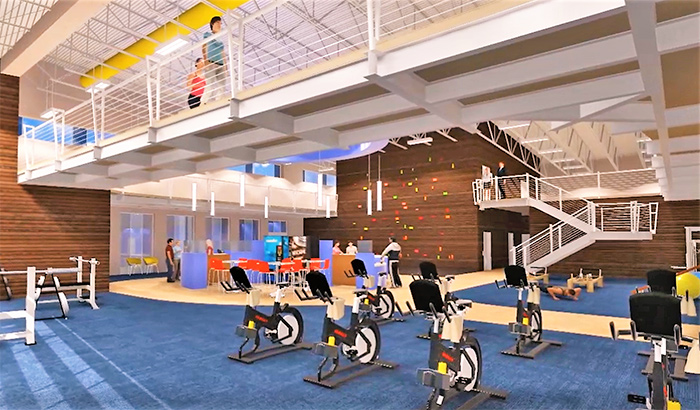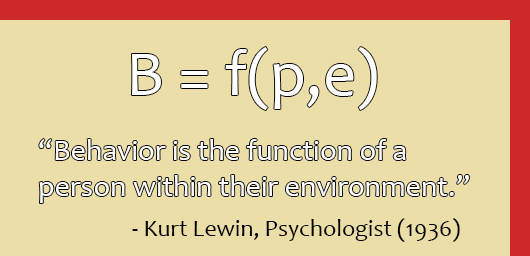Population Health Bettered by Environmental Changes
Health and Wellness

Environmental changes in healthcare design can lead to the implementation of health and wellness by altering the way the human brain makes behavioral decisions. The notion that healthy performance and choices can be influential at the population level can be achieved by altering physical surroundings. What is meant by this is to create and adapt facilitates to create positive and healthy change for a population by designing inviting and interesting alternatives. These alternatives should encourage exercise, nutrition, creativity, social interaction, nature and mental well-being while taking the unhealthy alternatives away.
These environmental changes can be applied throughout buildings all over the world including hospitals, schools, malls, office buildings and literally any building that wants to help better their community and population. By implementing these behavioral changes in the human brain, we are fostering preventative care for a population. Preventative care is better for all patients, providers and health systems in the long run as the treatment is stemming from a proactive approach over a reactive approach.

Exercise
By designing elements within a space that inspire some form of physical effort, we are encouraging people to sustain and improve their health and fitness.
- Gyms for use on breaks and before/after work (child and adult friendly)
- Large community wellness centers that include multiple gyms, pools and group exercise classes
- Promote stairs not elevators by making the stairs look aesthetically pleasing and interesting
- Large stairs to accommodate groups
- Shared spaces strategically located around building to encourage walking
- Replace some benches and chairs with safe swings
- Areas to store belongings, bike racks and drinking fountains
- Dog-friendly spaces (where appropriate) to encourage more walking
Nutrition
Incorporating easy ways for people to better their bodies with nutrition can help take the appeal away from convenient “fast food” and a quick bag of potato chips.
- Remove soda and unhealthy snack machines from building and replace with flavored water and healthy snack machines
- Cafes that have a variety of hot and cold nutritious items
- Smoothie and juicing bars
- Filtered drinking fountains instead of city water
- Increased amount of fridge space to encourage people to bring fresh items from home
Creativity
Inspiration comes from expression and is especially cohesive when people come together in a common place with other members of their community.
- Live music and entertainment (piano and/or violin player and live bands)
- Creativity boards on portions of walls with plenty of paper, Post-it’s and markers for individual expression
- Chalk board and white board walls
Social Interaction
Planning and designing social space within physical space is used to optimize human interactions and maintain intended social frameworks.
- Shared spaces with wireless charging stations
- Common themed spaces – the idea is people will go to common themed spaces they prefer with others who enjoy the same theme
- Variety of options to sit and stand for different group sizes
Nature
Nature serves as a therapeutic partner to aid in all health and wellness by bringing us back to our roots.
- Natural light (large windows and atriums)
- Art with natural influences
- Indoor and outdoor spaces
- Trees, plants and vegetable and flower gardens
- Waterfalls and water fountains
- Increased airflow
Mental Well-Being
Physical and mental well-being are inextricably related while physical injuries can lead to mental health issues, and vice versa.
- Yoga and other relaxing fitness exercises
- Meditation spaces
- Tea bar
- Essential oil specialist brought in once a month
- Therapy session availability
- Motivational signs to inspire people
- Positive art influences
All of these examples and suggestions can be carried out on a large scale or small scale depending on budget, community size, location, public vs private setting, needs and goals.